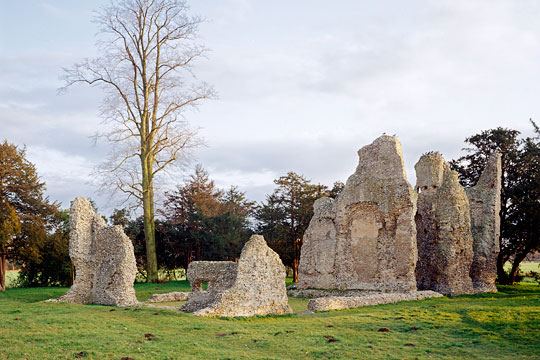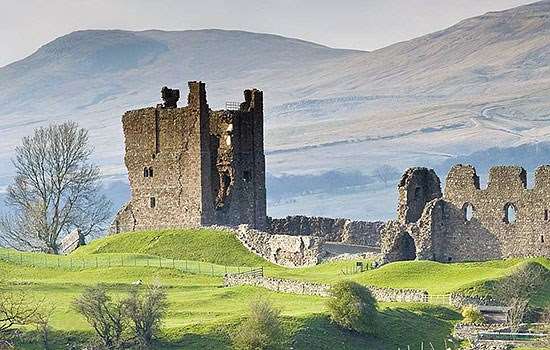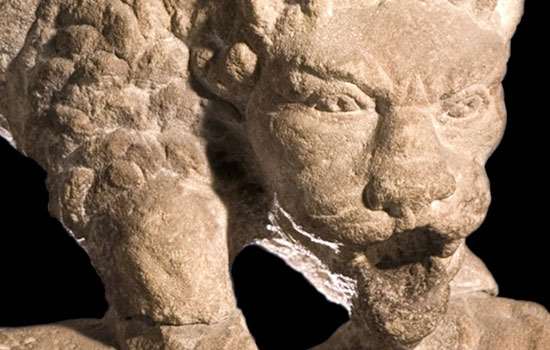History of Weeting Castle
Weeting Castle is a rare surviving example of a grand 12th-century manor house, and a typical example of an East Anglian ‘great house’.

Construction and Decay
The castle was built by Hugh de Plais in about 1180. It was the home of the de Plais family until the late 14th century, when the property passed by marriage to the Howards, Earls of Norfolk, and was subsequently abandoned.
Hugh de Plais was a tenant of William de Warenne, the Earl of Surrey. The Warennes’ Norfolk stronghold at Castle Acre had a similar building to Weeting Castle in the outer bailey, and it is thought that Hugh de Plais copied the design of this building for his own residence.
Despite its name, Weeting Castle was never fortified. The rectangular moat that surrounds the building was added in the mid 13th century. Its primary purpose was not defensive, however; it was built to demonstrate the wealth and power of the de Plais family.
After the hall went out of use, it was incorporated as an ornamental feature within the grounds of the now demolished Weeting Hall. An ice house was built at this time to store ice collected from the moat.
The site has a long history of use, from the 10th century until the late 18th century. Archaeological excavations at the southern end of the hall have discovered ditches, burnt daub, post-holes and pottery dating to the Saxon period, suggesting that a Saxon settlement existed here before the stone hall was built.
Life in the Manor House
The most important room in the manor was the hall, where guests were received and important events held.
This was the main reception or public room and would have been open to the timber roof. Each side of the hall would have supported benches, with a dais and high table at the far end.
Service Block
At one end of the building was a service block. It would have contained a pantry and buttery, and a passage that led through to an outside courtyard.
Excavations here have revealed a free-standing kitchen, used for the preparation of meat and other foodstuffs. A boundary wall shielded this busy and probably smelly courtyard from the view of important visitors arriving across the moat.
At the other end of the hall was a taller, three-storey chamber block. Above a vaulted ground floor, probably used for storage, was a suite of private chambers with a mural fireplace. To the rear of these chambers was a latrine block, containing three cubicles which drained into a room at ground-floor level. This could be regularly cleaned through a small door near the moat.
Further Reading
McGee, C and Perkins, J, ‘Analytical archive report on Weeting Castle’ (English Heritage, London, 1995)


